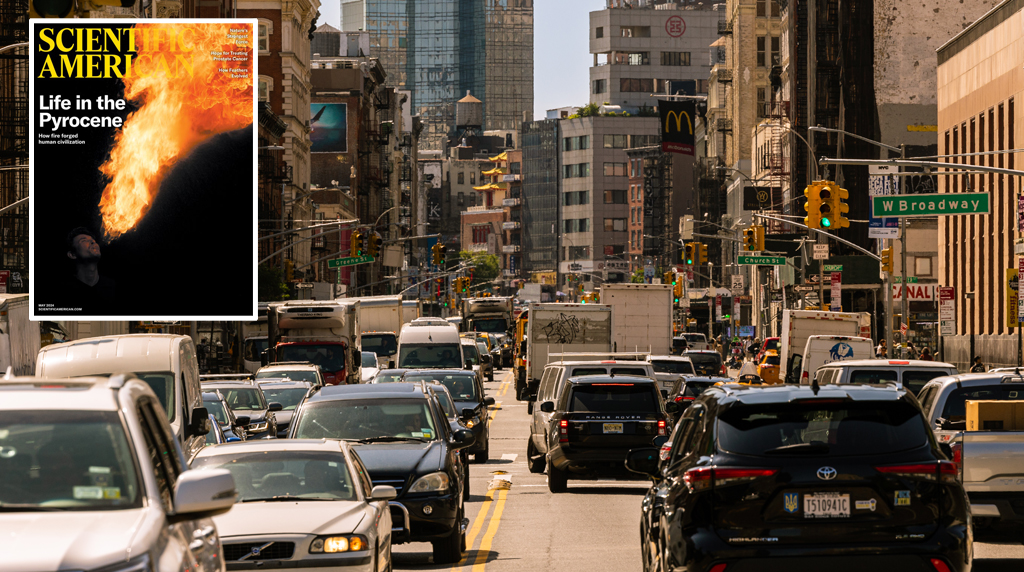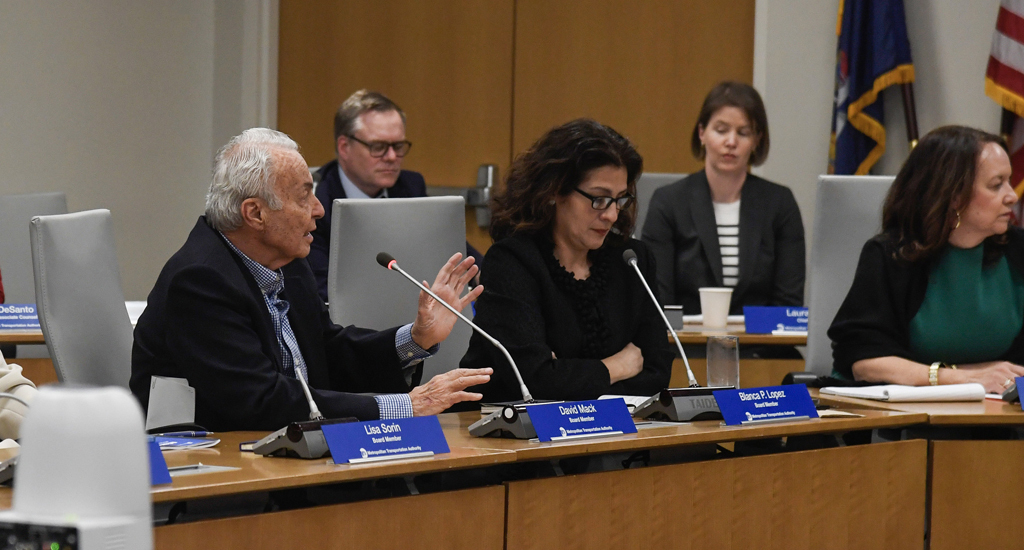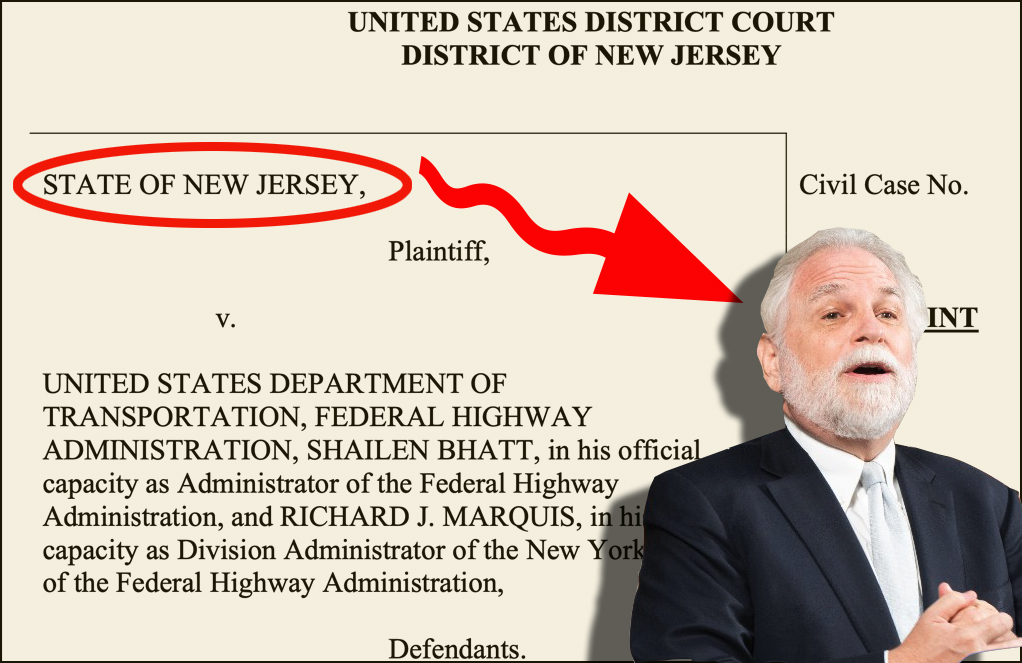The New York City Council moved on two big pieces of environmental legislation last Wednesday. One bill was introduced which would require landlords to participate in a major public experiment to reduce asthma rates. A second, which passed the full council, aims to keep dangerous chemicals out of city parks. Both could be important steps forward for preserving our environment and promoting public health, but you just have to ask, what happened to the internal combustion engine?
New Yorkers shouldn't have to live in homes where garbage, mold and
rats cause asthma, and they shouldn't have to play in parks where PCBs
are 110 times the level considered safe. For the city to have a truly clean and healthy environment, elected leaders needs to do more about pollution from cars.
According to the Environmental Defense Fund, vehicle emissions contribute more than 80 percent of the total cancer risk from air pollution. The health effects of tailpipe emissions are highest within 500 feet of congested major roadways. The homes of two million New Yorkers are inside that high-risk area, according to another EDF report. In Brooklyn, 35 percent of playgrounds are in the danger zone. EDF also estimates that Queens County has the tenth worst diesel pollution in the country.
More than a million New Yorkers have been diagnosed with asthma, and the harm from automotive pollution is felt most acutely in disadvantaged communities. "Communities living close to highways, high traffic volume and congestion tend to have higher asthma rates and hospitalizations," said Soledad Gaztambide, transportation justice coordinator for the United Puerto Rican Organization of Sunset Park. "These communities are mostly low-income communities and communities of color."
Gaztambide identified the upcoming cuts to MTA service as a major step backwards in the fight to keep New York's environment healthy. "The city and state need to prioritize the creation of new revenue sources for the MTA to divert further service cuts and fare increases," she said. "Funding support from the city and state has remained the same while MTA operating costs continue to grow."
The City Council has the budget powers to give more money to transit, the land use authority to stop filling new development with off-street parking, and the bully pulpit to build support for pedestrian and bike infrastructure in New York's political culture, just to name a few options at their disposal. If council members want to improve the environment and public health, cars have to be a target.





